The Plot Thickens

Whether you’re a hunter or a wildlife enthusiast, you’re probably aware of the popularity of food plots. These plots attract many types of animals, from deer to songbirds, by providing an additional source of food and cover. No matter how much land you have, creating a food plot can be an easy project if you have the right equipment. Compact equipment — including loaders, tractors and utility vehicles — offers many advantages in property maintenance and improvement, including food-plot construction.
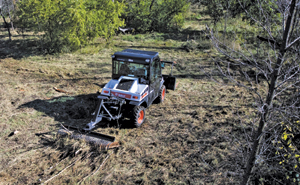 Food plots should be planted next to good cover such as wetlands, fencerows, woodland edges or windbreaks. These existing areas should not be disturbed; therefore, in many cases there is not a lot of room for equipment to maneuver, which is why compact equipment should be the first choice in food-plot planting.
Food plots should be planted next to good cover such as wetlands, fencerows, woodland edges or windbreaks. These existing areas should not be disturbed; therefore, in many cases there is not a lot of room for equipment to maneuver, which is why compact equipment should be the first choice in food-plot planting.
Another reason to choose compact equipment is the large number of front-mounted attachments and rear-mounted implements the machines use in all phases of food-plot construction and maintenance, from land clearing to spreading fertilizer. Tractors and some utility vehicles or UTVs (like the Toolcat utility work machine) can use front-mounted attachments and rear-mounted implements at the same time, decreasing the labor and time spent on creating a food plot.
Before Beginning
A well-researched food plot is the one that will provide the best return for your investment. The type of food and where to plant the plot depends on your objective. It’s best to seek some advice before beginning and local universities are a good source of information. Many universities have an agricultural extension office that provides free advice on where and when to plant and what types of food will attract the animals you want.
Most likely, these agricultural extension offices will recommend that you have the soil on the food-plot site tested to determine its nutrient level. To test the soil, you’ll need to provide a sample, and the way the sample is collected is important in providing an accurate result. To collect a soil sample, move in a zigzag pattern over the land you’re considering for the food plot and take random samples of the soil at a depth of 6 to 8 in. Universities or commercial testing labs will review your soil samples and make recommendations on the amount of lime and fertilizer needed in the soil for the plants you intend to put in the food plot. Soil should be tested once every three years, even in established food plots.
The Ohio State University Agriculture and Natural Resources extension office recommends food plots to be at least 1,000 sq ft in size, but no bigger than a quarter or half an acre in size for each 20 acres of land you have. Food plots providing winter cover should be at least an acre in size.
Compact Equipment, Attachments and Implements
Once you know the best location for the food plot and what you want to plant, you can put compact equipment to work. If you have a large piece of land, chances are you already own compact equipment and use it to maintain your property. You should be able to use the machine you already own throughout the entire process of preparing and maintaining the site.
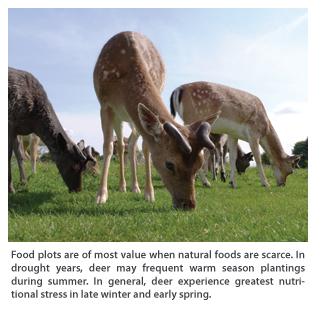
Dealers are also valuable sources of information on attachments and implements for compact equipment. There are many types of attachments and implements that can be used on compact equipment to quickly and efficiently create a food plot, and dealers can recommend which attachments are best for a job and can rent them to you, if needed.
Creating a Food Plot with a Utility Work Machine
The people who work at Bobcat Co., a leading manufacturer of compact equipment, don’t just make the machines — they use them. Headquartered in West Fargo, N.D., and with two manufacturing facilities in the state, it’s no wonder that Bobcat employees use the equipment on their farms and acreages.
Rob Gilles, a marketing manager with Bobcat, built a food plot on his property and had to decide what type of compact equipment to use. While a skid steer loader, compact track loader or tractor are all good choices and capable of completing the job, Gilles chose the new Toolcat 5610 utility work machine. Toolcat utility work machines accomplish many of the same tasks as tractors, attachment carriers, compact loaders, utility vehicles and more. It has a Category 1 three-point hitch for rear-mounted implements and a front-end loader arm that accepts more than 40 attachments.
Gilles began with a grapple attachment on the front and a Brushcat rotary cutter on the back of the machine because he had to clear the area before planting the food plot. Gilles used a chainsaw to cut down some larger trees and then picked them up with the grapple to move them out of the way. He used the Brushcat rotary cutter to clear the smaller brush and other overgrowth. “I could have used a stump grinder attachment to remove a few of the larger stumps,” says Gilles.
If Gilles had chosen to use the stump grinder, he could have had it mounted on the machine with the Brushcat rotary cutter, but could only have used one of the attachments at a time because both are hydraulically driven. Still, this would have allowed him to continue working without having to stop and switch attachments, because the operator can instantly change the hydraulics from the front- or rear-mounted attachment, saving time.
After the land was cleared, Gilles stopped and changed attachments on the front and rear. He put a hydraulically driven tiller on the front and a non-hydraulic seeder on the back, allowing him to prepare the soil and plant in one pass. “I could have also used a tiller on the front and a tine rake on the back, to till the ground and catch and break up any large clumps of soil with the tine rake,” says Gilles.
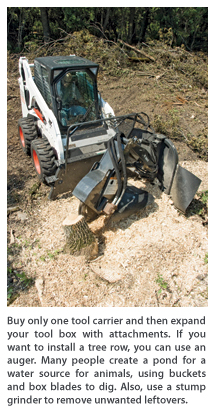
If you want to install a tree row, you can use an auger or a tree spade attachment. Many people create a pond for a water source for animals. Buckets and box blades can dig out the ponds or can be used to shape drainage around the food plot. “Like anything, it’s good to have proper drainage to create an ideal growing situation,” says Gilles.
Observe and Modify
Once the plot is planted, pay attention to how the animals respond. If the food plot is intended as a supplemental food source, take notice of how the food is being consumed, because this will indicate everything from the quantity of wildlife in the area to the food preference of the animals. For example, if your food plot is intended for deer — and one of the food sources is corn — if the stalks are consumed when green, that will indicate that the deer population is high. The best plots provide food throughout the year. Observe when wildlife is consuming certain plants, which will help you refine the plot to keep drawing wildlife all year long.
As you continue to develop your food plot, don’t forget that compact equipment and attachments will decrease the amount of time and labor necessary on the project, giving you more time to enjoy the wildlife you’re trying to attract.
Eric Morse is a public relations expert with Two Rivers Marketing, based in Des Moines, Iowa.


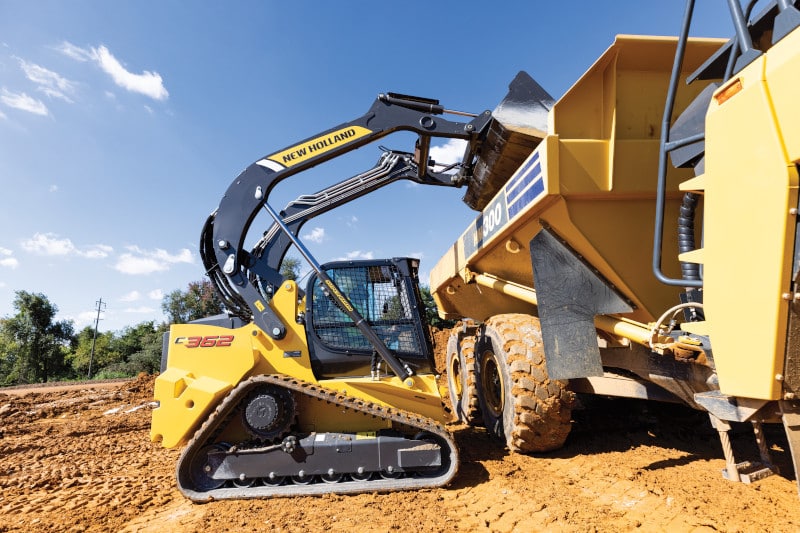
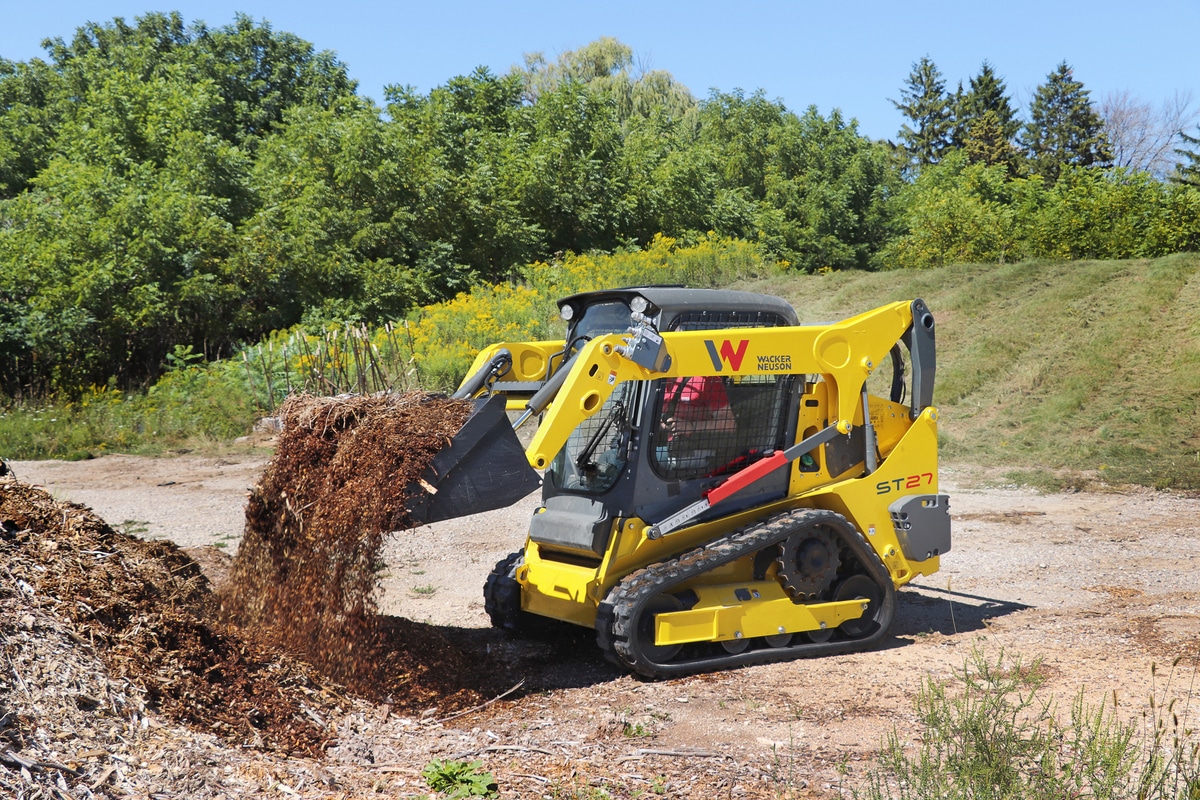

Comments are closed here.